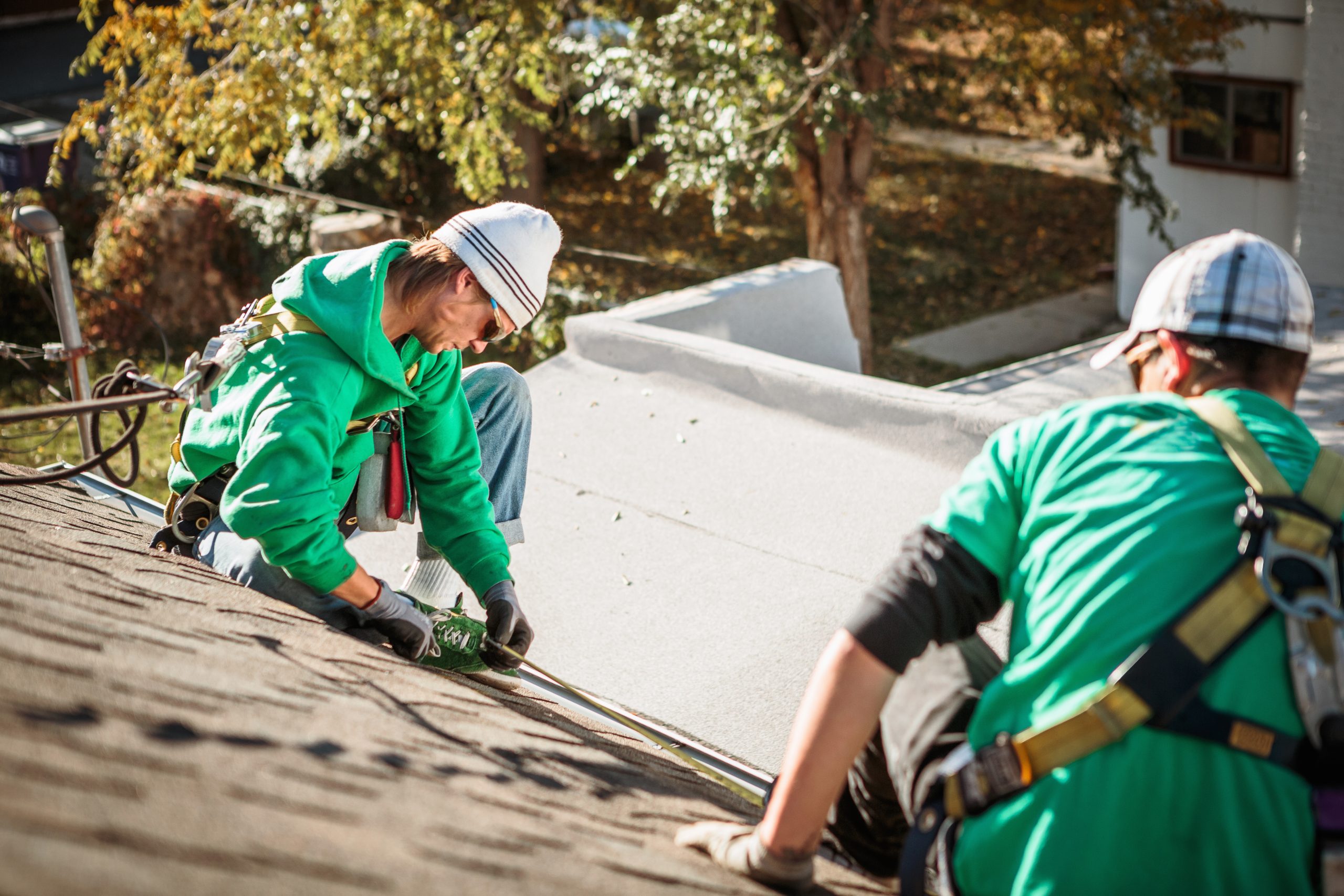Flat roofs are a popular choice for commercial buildings and modern residential designs due to their sleek appearance and space efficiency. However, maintaining a flat roof requires careful attention to material selection, especially when it comes to repairs. In 2024, advancements in roofing technology and materials are offering durable, cost-effective, and eco-friendly options for flat roof repairs. Here are the top materials you should consider when addressing flat roof issues this year.
1. EPDM (Ethylene Propylene Diene Monomer)
EPDM remains a favorite for flat roof repairs due to its durability and flexibility. This synthetic rubber membrane is resistant to UV rays, weathering, and temperature fluctuations, making it ideal for a variety of climates. Repairs with EPDM are straightforward; small tears or punctures can be patched with adhesive-backed EPDM patches. Additionally, it’s one of the more budget-friendly options, which adds to its popularity among building owners.
2. TPO (Thermoplastic Olefin)
TPO is a widely used material for flat roofs and repairs in 2024 due to its energy efficiency and durability. This single-ply roofing membrane reflects sunlight, reducing cooling costs in warmer climates. Repairs with TPO are efficient, as the material can be heat-welded to create a seamless and long-lasting repair. Its resistance to UV damage and chemical exposure makes it a versatile choice for various applications.
3. Modified Bitumen
For those seeking a traditional yet reliable option, modified bitumen remains a strong contender. This material is a blend of asphalt and rubber polymers, making it both flexible and durable. Repairs typically involve applying an additional layer of modified bitumen over the damaged area, using heat or adhesive to secure it. Its affordability and proven track record make it a go-to choice for many flat roof repairs.
4. PVC (Polyvinyl Chloride)
PVC is a premium option for flat roof repairs, known for its strength and longevity. This thermoplastic material is resistant to fire, chemicals, and harsh weather conditions. Its welded seams provide superior waterproofing, which is essential for preventing leaks. Though PVC can be more expensive than other materials, its low maintenance requirements and long lifespan make it a worthwhile investment for high-performance flat roofs.
5. Liquid Applied Roofing Systems
In 2024, liquid-applied systems are gaining traction as a versatile and eco-friendly repair solution. These systems involve applying a liquid membrane, such as silicone or polyurethane, over the damaged area. Once cured, the material forms a seamless, waterproof barrier. Liquid applied systems are especially useful for repairing irregular or hard-to-reach areas and are compatible with various flat roof types.
6. Metal Panels
Metal panels are a durable option for repairing sections of flat roofs, particularly in industrial settings. Aluminum and steel panels can be used to replace damaged sections, offering exceptional resistance to impact, weather, and corrosion. While metal panels are heavier andmay require professional installation, their longevity and recyclability make them an attractive option in 2024.
Conclusion
Selecting the right material for flat roof repairs is crucial to ensure durability, weather resistance, and cost-efficiency. EPDM, TPO, modified bitumen, PVC, liquid-applied systems, and metal panels each offer unique benefits tailored to different needs and budgets. By choosing the right material, you can extend the life of your flat roof and protect your property for years to come. Always consult a professional roofer to assess your specific situation and recommend the best repair option.
